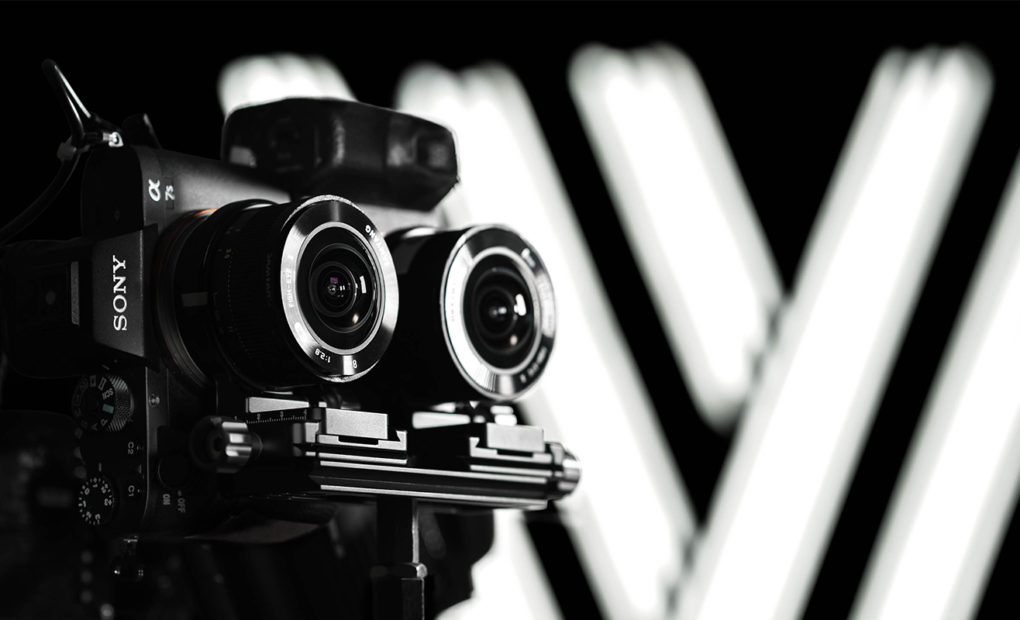
360° Production Tips – What VR Camera & When
There is no perfect 360 video camera. There is the right camera for the right job though. Sometimes that’s something simple and GoPro based, sometimes it’s something complicated and high end like a Red or Arri system. There’s a time and a place. Shooting 360 video is very much a game of compromises – making exchanges in quality for stitching or quality for being more dynamic. Here’s some of our favourite cameras and when we like to use them.
3D Cameras
First up, lets look at 3D 360 cameras. Should note here that you’ll only see the difference on headsets – not if you’re watching the content on desktop or mobile. This is why it’s often hard to justify the extra costs of shooting 3D – it gives stunning immersive results though and is the best way to produce 360 content for VR headsets.
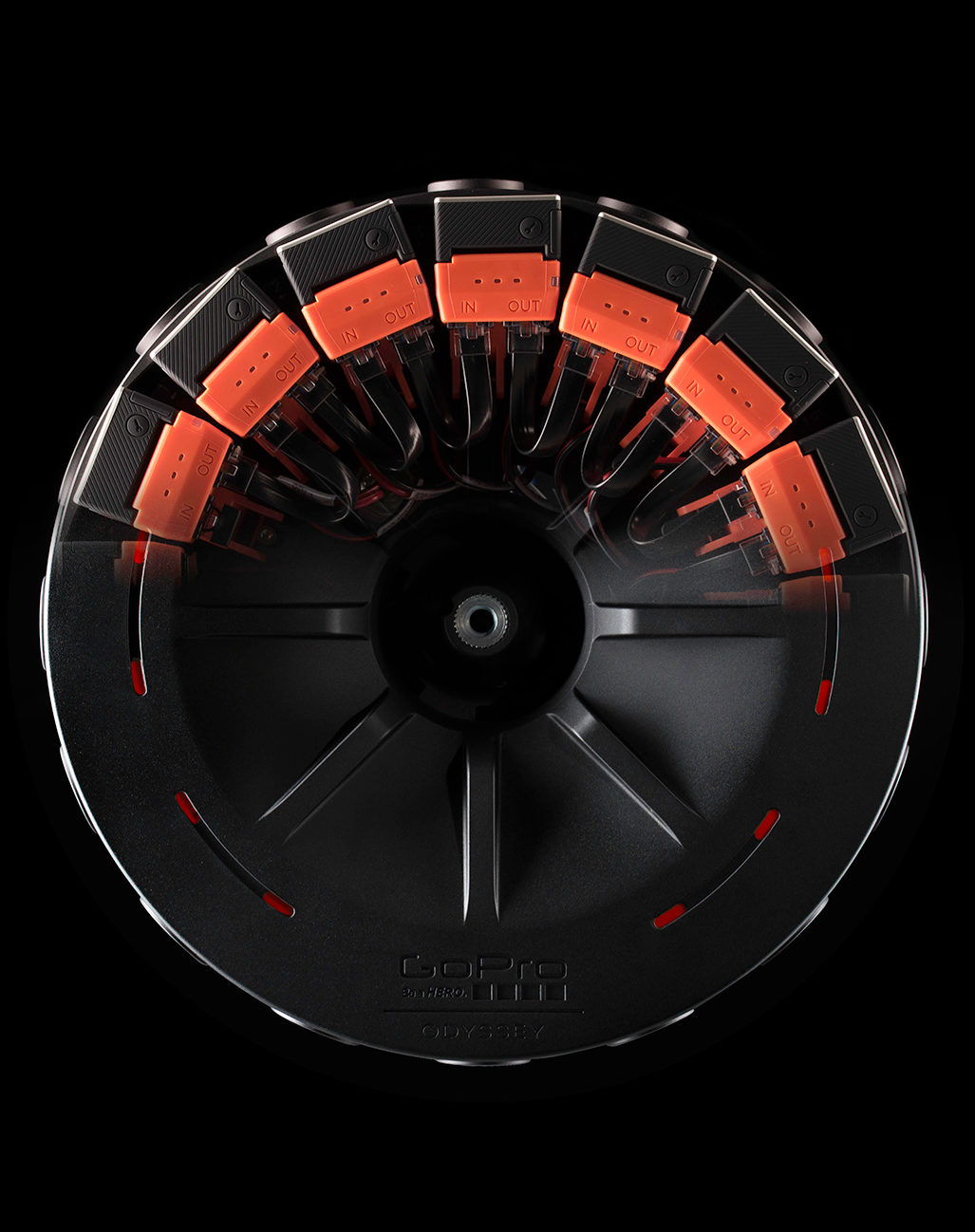
Google Jump
Also called the GoPro Odyssey, this is a very hard camera to get hold of. We managed to wrangle one and have since modified it to work with single V-Locks (it comes with a battery the size of a car battery (totally unnecessary!)). It also needs a zenith camera jerry rigged on top to fill the hole on top of it.
We use the jump when we have scenes with a lot of action around the camera, because it stitches algorithmically, on the cloud, it means you don’t have any ‘traditional’ stitch lines.
The Jump gives 3D 360 video of dynamic scenes but you’ve got to add in the top and bottom cameras manually. The camera is quite large which means it’s not suited to small areas such as car interiors, especially if you want to add a top and bottom camera on seamlessly. Also, with people getting too close to the camera you start to see strange artifacting, where the stitching algorithms can’t work out what goes where.
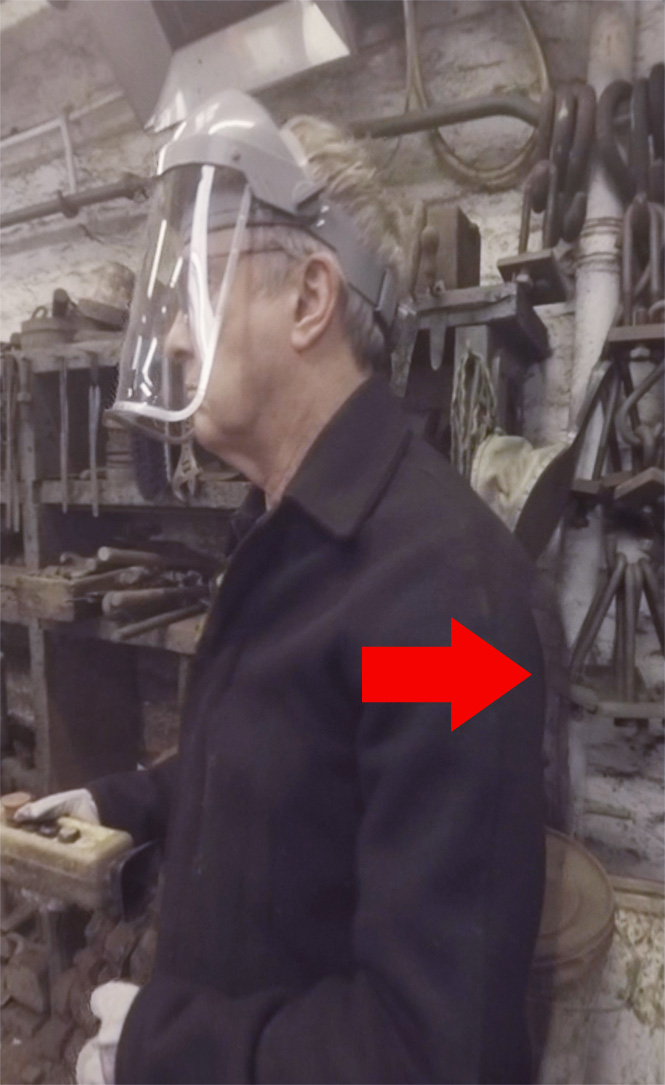
The picture on the left shows the kind of error you get on a Jump, when people are too close to the camera. A kind of ghosting and artifacting. You also have a problem with people going in to the ‘dead zones’, at the top of bottom of the shots, very hard to patch out.
Another issue the jump has is with lines/wires/fences in shot, these can all confuse the algorithms if they or the camera is moving, it seems a lot better when still.
The algorithms are constantly being updated by Google though, an email every month or so from their Jump team tells you about all their latest features. My favourite one recently was that you can tell it to ignore a certain camera – brilliant when you’re dealing with 16 GoPros – one is bound to fail at some point!!
The jump also has a tendency to put wavy halos around moving objects in the scene, especially if their background is not moving. This is something we found particularly problematic with the footage we got back from the Falklands when shooting penguins in their natural habitat. There’s a workaround but it involved a lot of heavy patching.
The really good thing with the Jump though is how correct it’s 3D looks, it feels very natural, and if you play to it’s strengths you get some great results. It’s not a simple case of uploading to Google and flinging what you get back straight back up… Well, not if you want it to look great anyway!
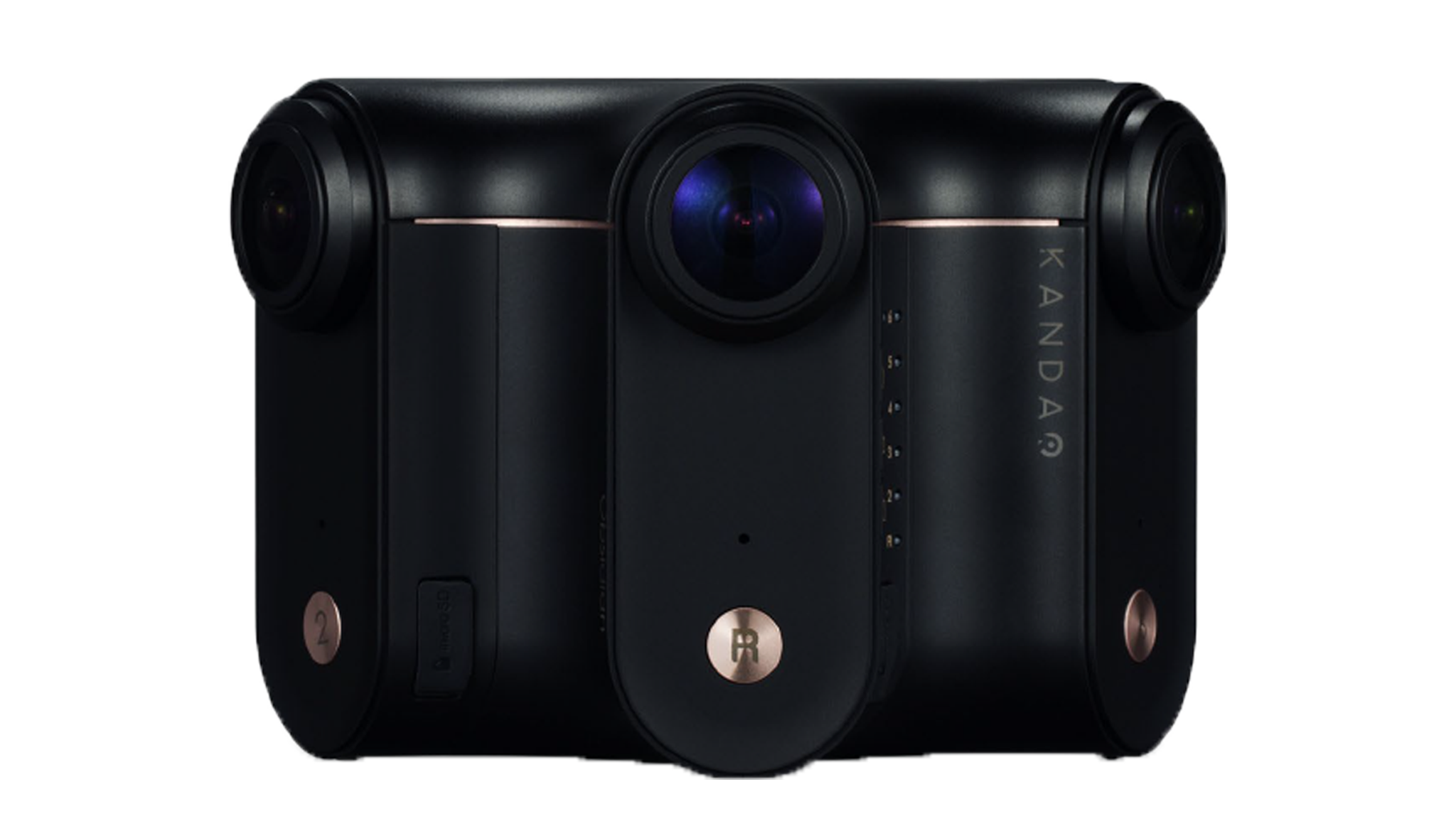
Kandao Obsidian
The Obsidian is fast becoming the ‘go to’ 3D 360 camera in the industry, it’s very competitively priced, easy to use and quite reliable.
Thanks to the next generation of stitching software, making ‘optical flow’ more accessible, cameras like the Obsidian are able to make beautiful looking 3D far more easily than before.
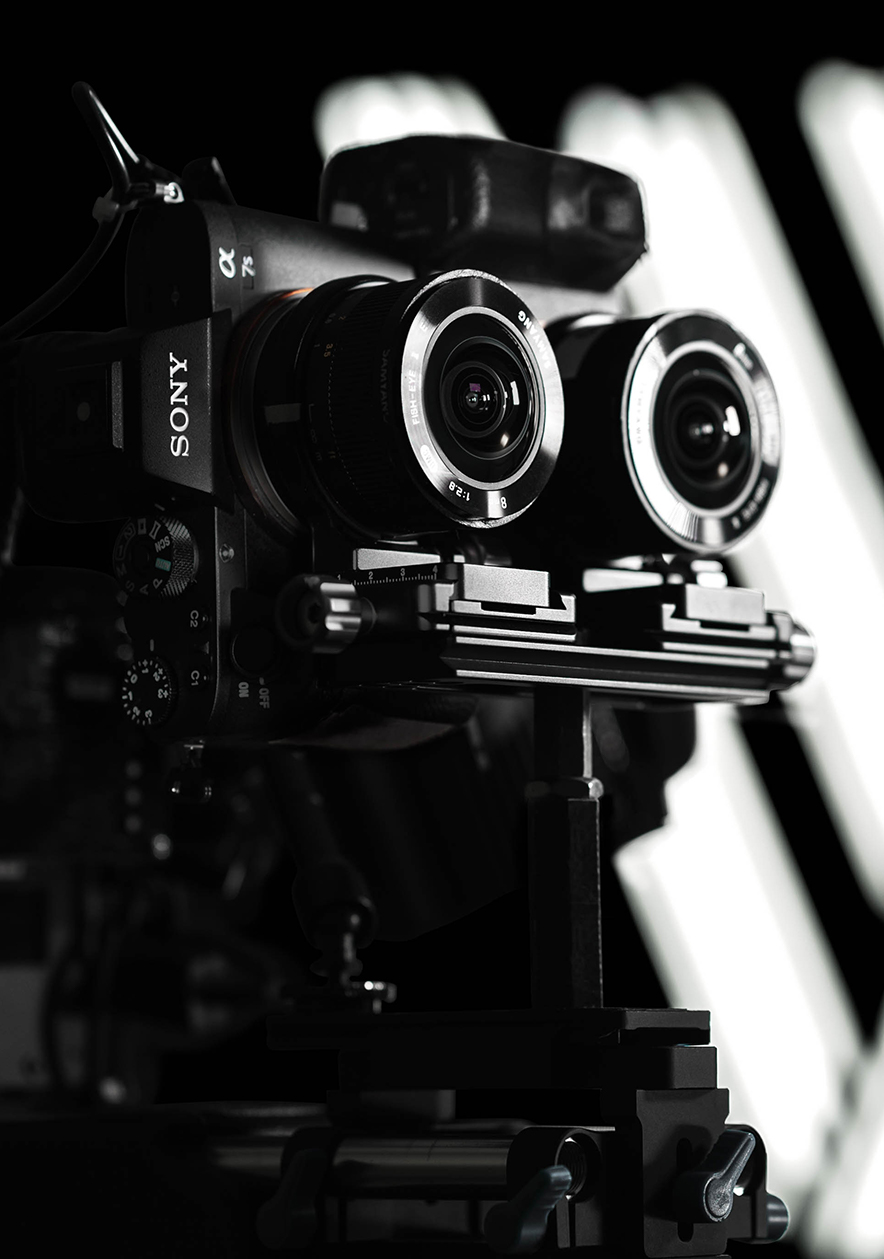
Johnny Five
AKA Stereo Slicer, this is probably our favourite rig. Also, the most restrictive! As you can see from the pic, it’s a pair of Sony A7SII cameras that are synchronised by a custom trigger. We’ve also rigged the cameras to be powered from V-Locks so we’re not depending on the tiny Sony batteries.
Shooting with this camera gives you great capability in low light and allows us to shoot in ‘S-Log’ maintaining all that beautiful detail in highlights and shadows – the long and the short of this – the content looks beautiful after grading. The kind of quality you get from TV adverts and that we expect from regular video productions.
As the camera only covers around 140 degrees at a go, we have to shoot a number of plates or ‘slices’ to get the full 360 and here is the big issue with this camera system. You can only use it when you can control the scene and when the camera is in a static position. So you need to be very careful of the edges of your frame to make sure nobody or thing moves through and disappears!
For the right scene though, this technique has so many benefits, one of the biggest is being able to have your directors, lighting, DOP, client, whoever, behind the camera – no need for remote viewing.
Check out our project with Google and the FT – Dublin in the Dark to see examples of this setup in action.
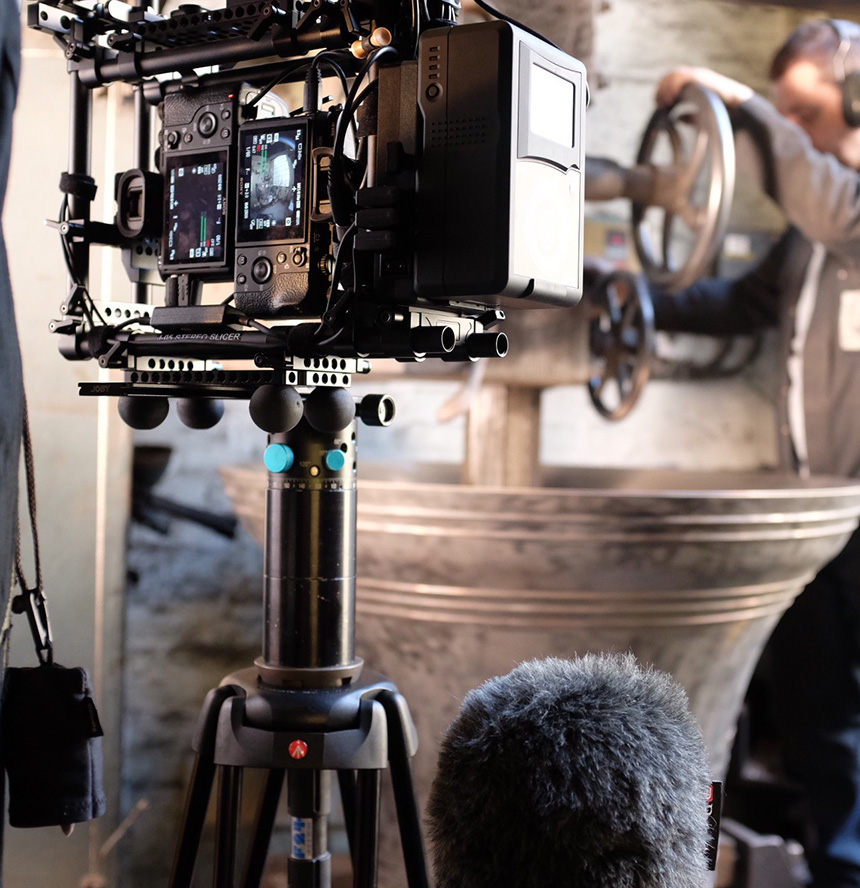
Stitching with this system requires either an expert in AVP who is also a whizz at patching in Premiere/aftereffects or, mastery of Cara VR and Nuke for even more seamless results. The 3D needs to be fixed manually near the edge of the lenses on overlap which needs an expert eye, but if done right, the results are peerless.
So, it’s got a lot of reasons not to use it… But when you do, you’ll be grateful you did!
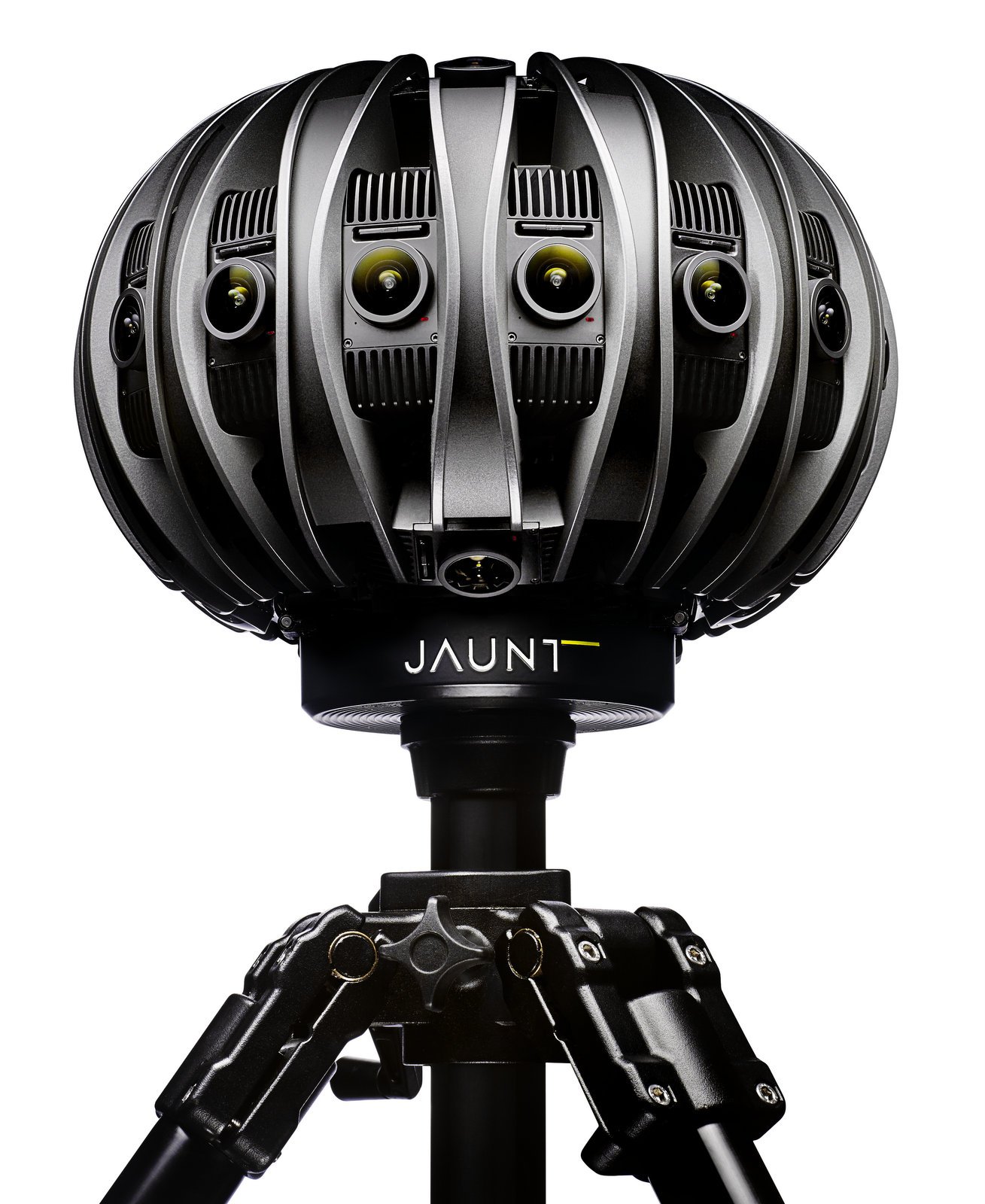
Jaunt One
The Jaunt One is a hugely impressive camera. By quality of output and control also perhaps one of, if not the best. However, it’s not without it’s issues.
For starters, it’s the size and probably twice the weight of a very large pumpkin. It’s got 24 cameras, therefore 24 card slots, therefore massively DIT heavy.
Oh, and it’s expensive, so expensive in fact that I can’t find it listed anywhere, always call up to enquire! You can of course rent it from some select places.
On to the positives though, and there are a lot, the quality of the sensors and the lenses is fantastic, I’ve seen footage from it that looks great, even in low light. Very good dynamic range too.
What really blew me away though was the amount of control you have of the camera. You can tweak and manage everything about every individual camera and run previews, iterate settings, test again and really get the perfect looking shot.
It’s also worth noting that the modules are replaceable, so if something happens on a shoot you can easily replace the module and carry on.
I would say though that this is not a camera to be used casually, (and nor could you afford to!) learning the control and getting used will take a significant amount of hands on playing. For the right job though, with the right budget, this could be the best 3D VR Camera.
Mono Cameras
A lot of shoots don’t require 3D, either for budgetary reasons or because of other constraints. For example, shoots inside very small spaces such as car interiors or from drones, where the scenery is so far away that 3D is rendered useless. Also, for more extreme camera views, such as exterior car or helmet mounted uses.
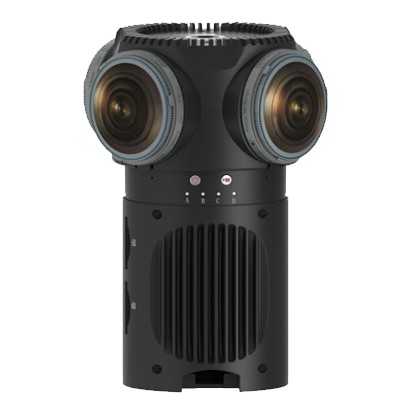
Z-Cam S1 Pro
The S1 Pro is the ultimate mono 360 video solution. It has larger lenses and sensors than other competitors and works better in low light. Also, crucially from the perspective of our director of photography, it has the ability to control the aperture manually on each camera.
The S1 Pro has only 4 cameras to make up the full 360 degree view, this means only four stitch seams, far better than the days of the GoPro based, 6 camera rigs and the patchwork quilt of video it produced. The camera is controlled remotely from either an iPad or a laptop. This has allowed us to adjust exposure while shooting gigs without having to come near the stage and remotely monitor from a creative perspective.
There really is so much to say about the S1 Pro, so I’m going to stick to the highlights –
- It has a brilliant shooting mode which allows you to get the full image circle on to the lens. Meaning each video almost completely overlaps the next door camera – giving huge choices and flexibility in post production.
- It can do live streams really effectively and reliably, out of the box
- It does not overheat as it is a metal case
- Good dynamic range
- Good low light capability
- Good quality lenses and sensors
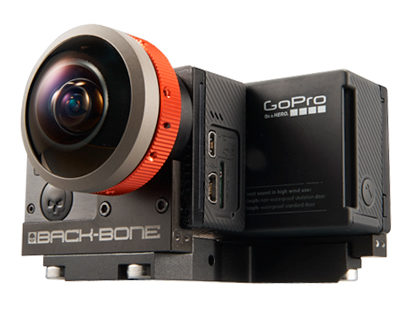
The Double
Made up of two, modified, GoPros, with 220° lenses, this remarkably simple camera captures the full 360 sphere with only one stitch line. You could think of it as a posh Gear 360 or Theta!
You can get the best out of this setup by having the cameras on 2.7k resolution and 30FPS, this gives you a sharp and relatively high resolution output. You can only do this in the right conditions though, sometimes you’re forced to shoot at lower resolutions and higher frame rates. This is where the quality of the setup starts to fall short.
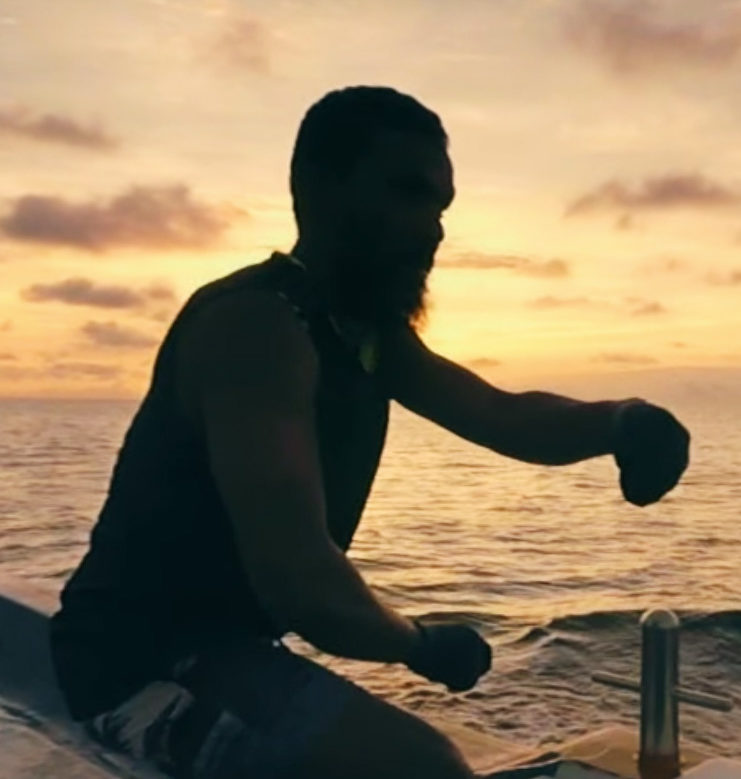
The image to the left is a screen grab from our project for Waitrose, showing line fishing on a boat in the Maldives. Shot on 2.7k it allows for a sharp and above 4k video.
Also, as there was just one seam there was more room for the fishermen to move around naturally without us having to worry about any blocking.
The weight and size of this 360 video camera makes it a great option for head mounts (if you have to!!!) we’d usually prefer to mount on an arm, over the shoulder for POV, but on wing suits you won’t have that luxury!!
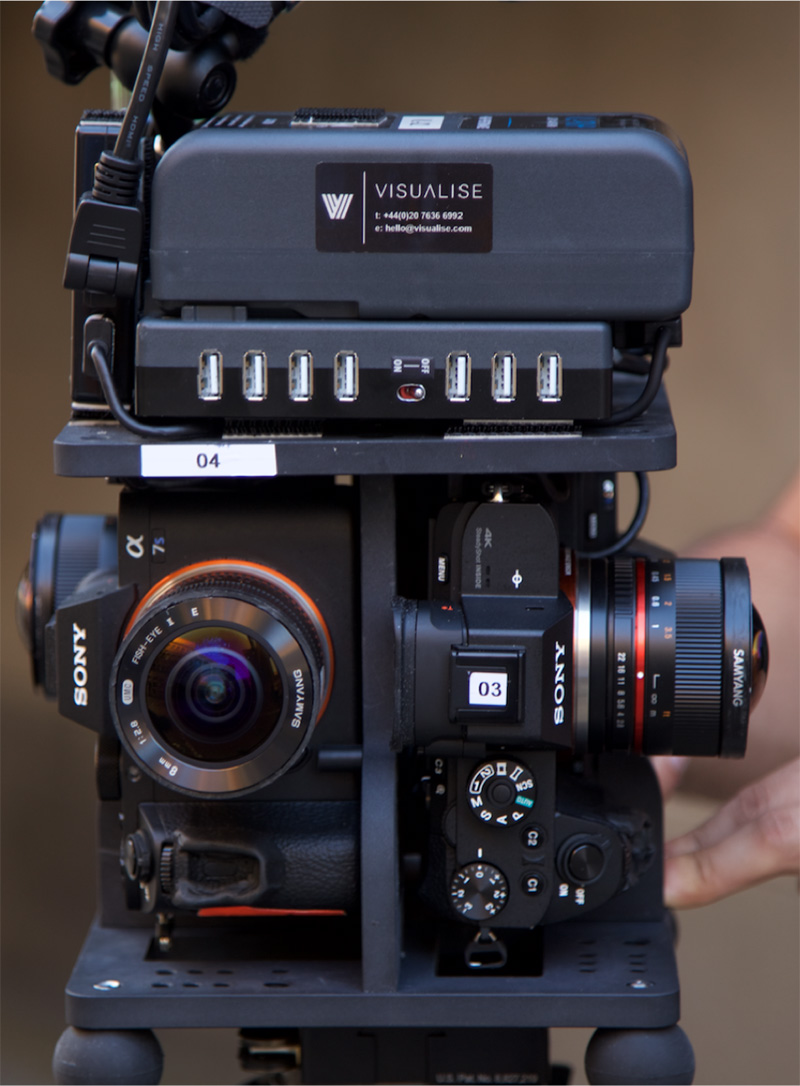
Stanley ‘Cube-Rig’
Do you get it?! The Stanley is made up of 4 Sony A7SII cameras with 8mm lenses. The pic to the left shows the system with it’s V-Lock power, hidden from view of the lenses, behind that is a switcher to change preview out of the cameras for framing shots.
It’s also got an adapter for our ambisonic microphone, which is also hidden from view of the cameras.
We used the Stanley in the opening scene of Tempel, here.
The Stanley has great cameras, lenses, practicality of use, however, there is a major drawback. Parallax. The cameras are too big to get them close enough, meaning that stitching is very problematic. You certainly can’t have someone moving between seams anywhere near the camera or they will momentarily disappear. As a result we actually hardly ever find a time to justify it. Favouring instead the single camera version below.
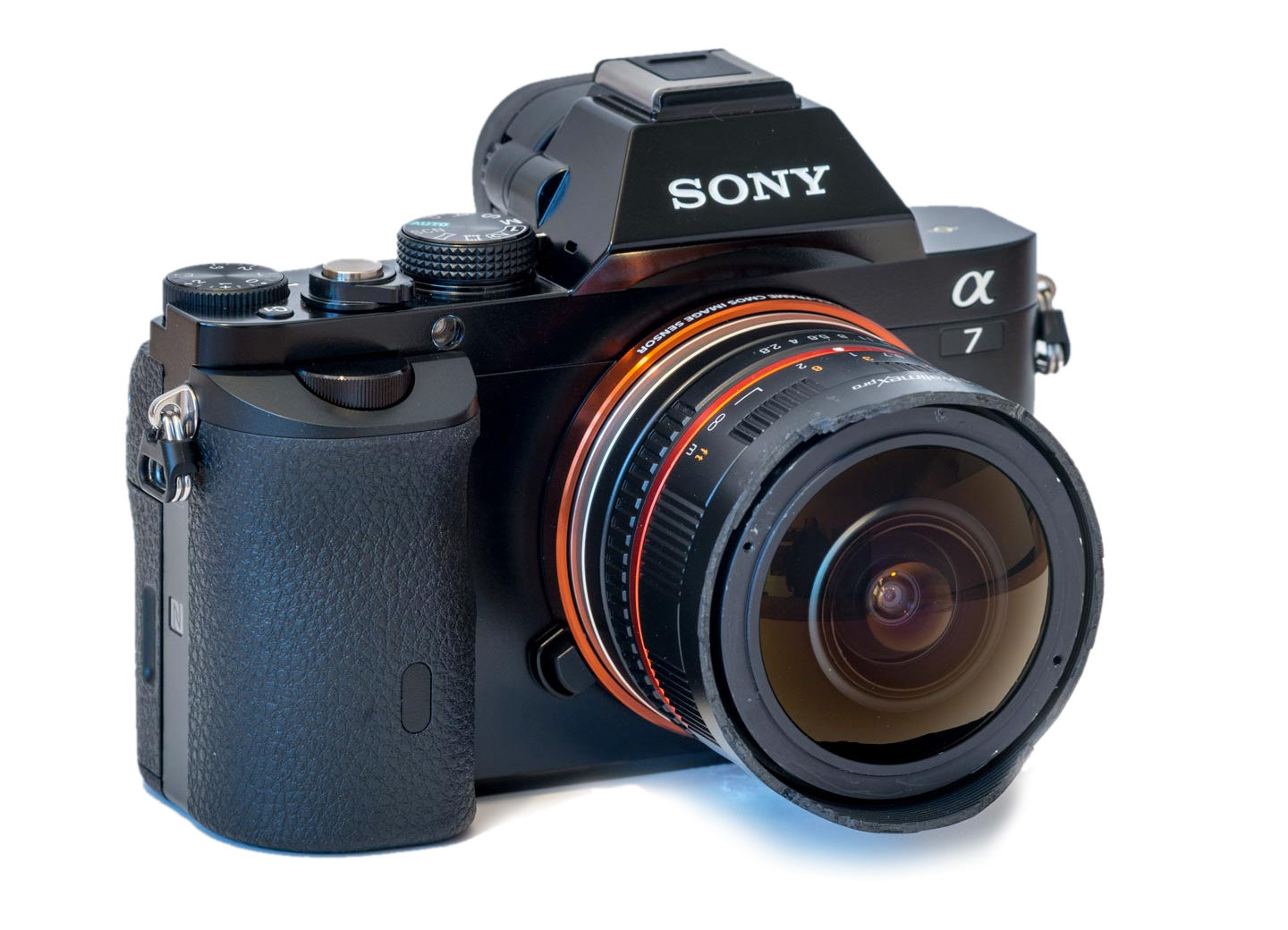
Mono Slicer
Like the stereo slicer (Johnny Five) but just one camera, this gives perfect stitching. Technical reason for that is that you are taking every shot from the exact same point of light, by rotating around the lens and not the camera body. Just as you would to do a 360 panoramic still.
Of course, you need to heavily control the scene to make sure nobody moves in to or out of frame but the results are fantastic, even in the smallest of spaces. We used this technique for the interior of the car on our Tempel project and for the small interior space of a passenger seat view on our Norwegian Airlines project.
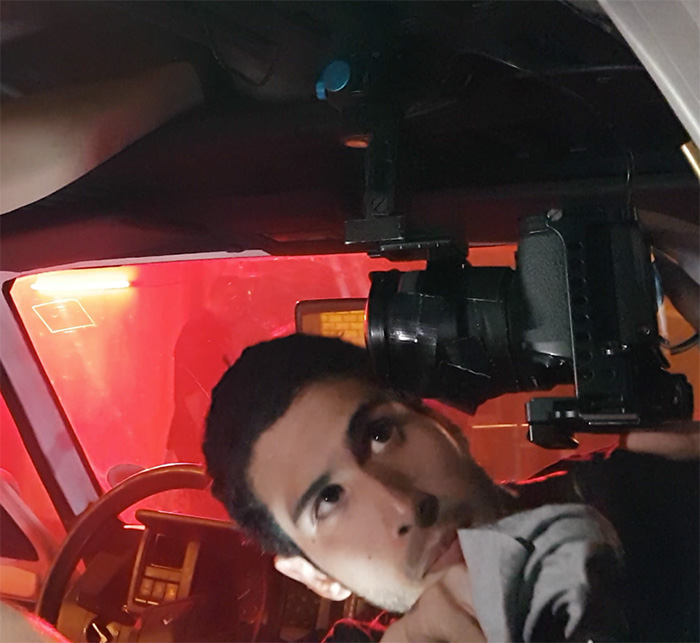
So this setup will give you the ultimate in quality but at the price of how dynamic the scenes can be. As with all these rigs, it’s a matter of horses for courses.
The picture on the left shows a simple mono slicer setup from Tempel.
Note the camera mount being at the front of the lens, allowing the camera to rotate around the ‘nodal point’. It’s this old panoramic photography trick that makes the post on this so simple!
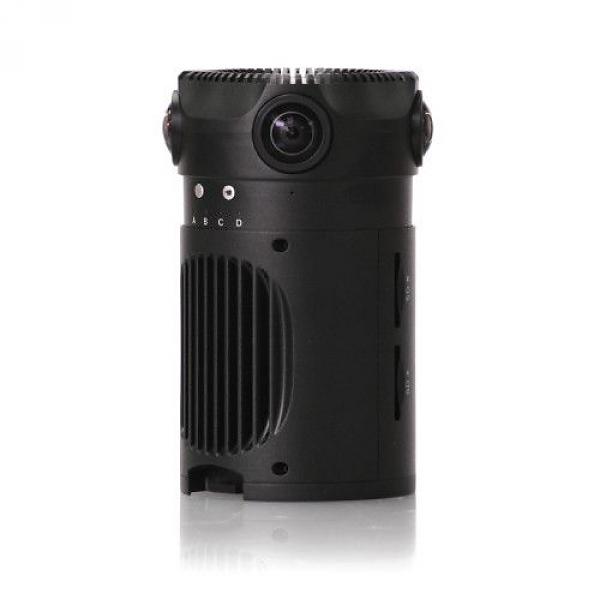
Z-Cam S1
Z-Cam have come out the blue for me and stolen a march on the 360 video camera market. The S1 is a stunning piece of kit – lenses close together, metal case for cooling, ethernet for remote control, full synchronisation. The only thing it doesn’t do is 3D.
This is the little brother to the S1 Pro, above and is actually still relevant for smaller, enclosed areas.
Other VR Rigs
This post is meant to highlight our favourite 360 video cameras and those that we use day in day out. It’s by no means an exhaustive list of all the cameras, I wouldn’t even know where to start!
There are a few others not mentioned here that I would really like to get my hands on for a test:
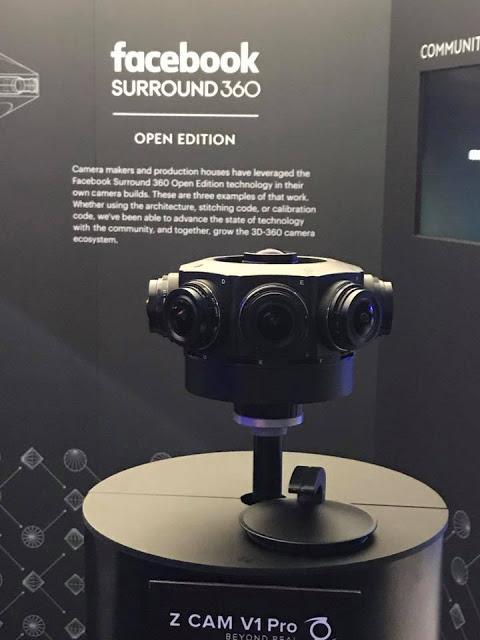
Z-Cam V1 Pro
This is the most tantalising of all the new 360 video cameras – it’s lens setup looks like it allows for 3D VR capture, although details have not been allowed.
Close lens positions, high quality lenses and sensors, this could be the ultimate setup.
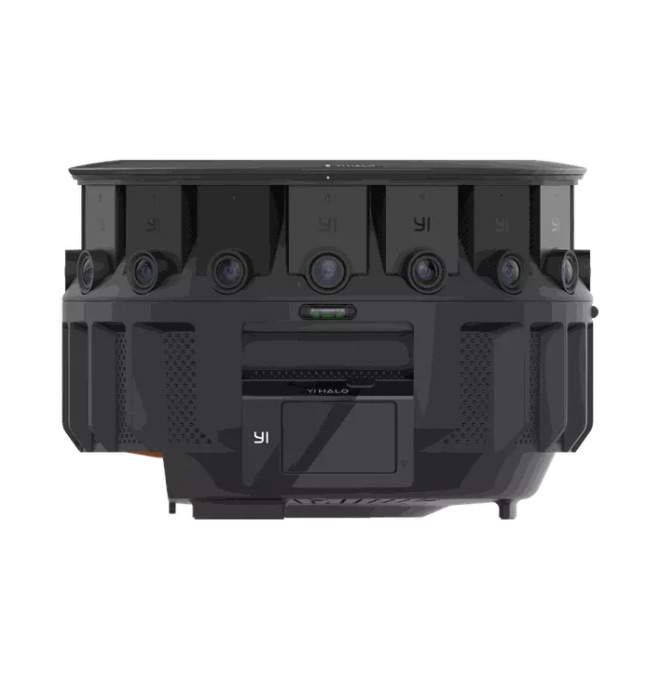
Yi-Halo (Google Jump V2)
Google are jumping ship from GoPro and have designed and built the next generation of the brilliant jump system with Yi. Happily for all us creators they have added a top camera as standard!! No more ‘zenith patching’. No supply as yet so we’re wringing our hands in anticipation.

Comments
Responses
Juan José says
Thank you so much for post of this nature, sometimes it's hard to get honest opinions from gear!
Laurenti says
Hello! What about the new Insta360pro ?
I'd like to have commentaries about it. It seems to be the favorite against Z1Cam Pro.
Furthemore why trying to do real 3D with 360 degrees video? All the brands which sell VR glasses provide applications which allow a video to become a true 3D video. I got for two years now Homido player and the VR headset and the small glasses also and with an Iphone6s or Iphone7plus it's really fantastic how it works with a 360video!
At the end of that, my problem today is to find the best 360 video camera to put in sportcars. Actually I realized some 360 videos for the Dakar 2017 and I'd like to improve the quality of these videos for next event. But the camera has to be small, water/dirty proof in order to do its job during all the rally.( That's why I choosed the Giroptic gear but it's really sad at this time to continue to work with it.
So what is the best solution for me in May 2017?
Thanks for your help
A french realisator
Saad says
Secrets About Insta360 Nano 360 Degree Dual Lens VR Video Camera, Check It!
Jason Escritor says
Thanks for the that post. I enjoyed it.
https://surplusdatapro.com/360-photo-studio
mr simon derwent says
great write up im looking at sync some cameras for a 16k output projected 360 pano. Have you any ideas besides a diy hack to sync anything like 4/5 Sony a7 or lumix g5s. Im really looking at zcam e2 8k i know i can sync two to shoot but do you know if you can sync 4 to shoot at same time with push of one button? any advice would be dope thanks